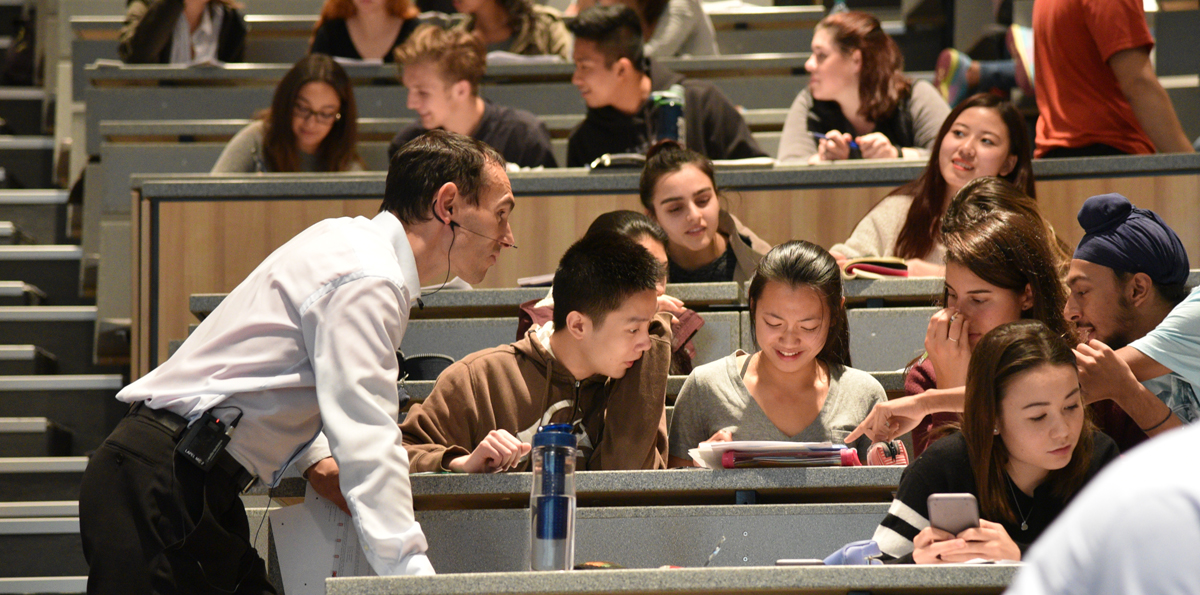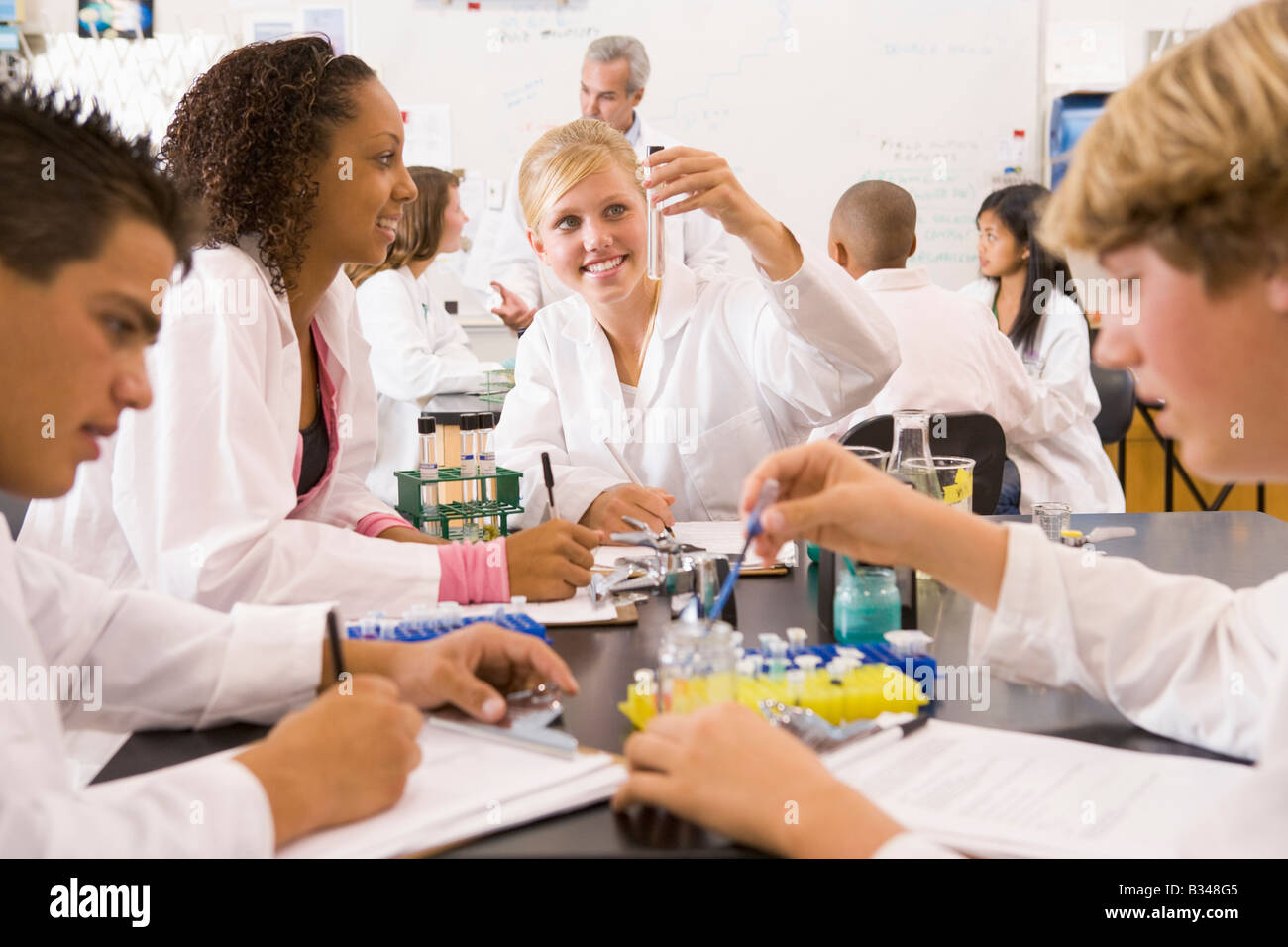

At the level of An Introduction to Mechanics by Kleppner and Kolenkow. Includes kinematics, dynamics, conservation laws, central force fields, periodic motion, and special relativity. More mathematical and abstract than a typical mechanics course - for example, considers how choice of coordinate system (Cartesian, cylindrical, etc.) influences the nature of kinematical equations. Explores quantitative modeling of the physical world through a study of mechanics. Physics I: Mechanics and Special Relativityįirst in a three-semester introductory physics sequence. Temperature, heat, the laws of thermodynamics. Covers the mechanics of particles with focus on kinematics, dynamics, conservation laws, central force fields, periodic motion. Mechanics of many-particle systems: center of mass, rotational mechanics of a rigid body, rotational equilibrium, and fluid mechanics. This course is taught in a largely "flipped', highly interactive manner, with reading preparation required for class. The course aims to provide an opportunity for students to consider the nature of measurement and experimentation and evaluate the relationship between physical theories and experimental data.įirst course in a three-semester introductory physics sequence. Students will also develop communication and collaboration skills.
#Physics class how to
Students will learn how to design experiments, analyze data, develop interesting research questions, and consider issues of ethics in physics experiments. Students will engage in multi-week investigations, creatively design their own experiments, and explore questions of how we develop models in physics through experiments. This laboratory course is an introduction to the nature and skills of experimentation in physics. At the level of College Physics, 5th edition, by Giambattista. Major topics for PHYS 1102: electric and magnetic forces and fields, electric currents and circuits, electromagnetic induction, alternating current, electromagnetic waves, optics, interference and diffraction, relativity, quantum physics, and nuclear physics.

Evaluation includes an oral lab check, a selection of graded homework problems, and a written test for each unit these must be completed within a flexible set of deadlines. Students without high school physics should allow extra time. Success requires discipline and well-developed study habits. The course format provides flexibility, but in some ways is more demanding than a course with a traditional format. Additionally, recorded lectures, overview sessions, short videos, sample tests, and online tutorials are provided. Students learn through completing assigned readings, problems, and laboratory exercises, and through individualized tutoring. PHYS 1101 and PHYS 1102 emphasize both quantitative and conceptual understanding of the topics and tools of introductory physics developed without the use of calculus. The courses offer individualized instruction. Class time is also spent exploring real-life applications and discussing strategies to be successful in PHYS 2213 . Recommended for students who seek additional opportunities to engage with course content, to gain confidence in applying physics principals, or to develop their problem-solving skills. Provides auxiliary instruction and practice for PHYS 2213 and promotes a deep understanding of basic concepts in electromagnetism. Class time is also spent exploring real-life applications and discussing strategies to be successful in PHYS 1112 . Provides auxiliary instruction and practice for PHYS 1112 and promotes a deep understanding of basic concepts in mechanics.

Complete Cornell University course descriptions are in the


 0 kommentar(er)
0 kommentar(er)
